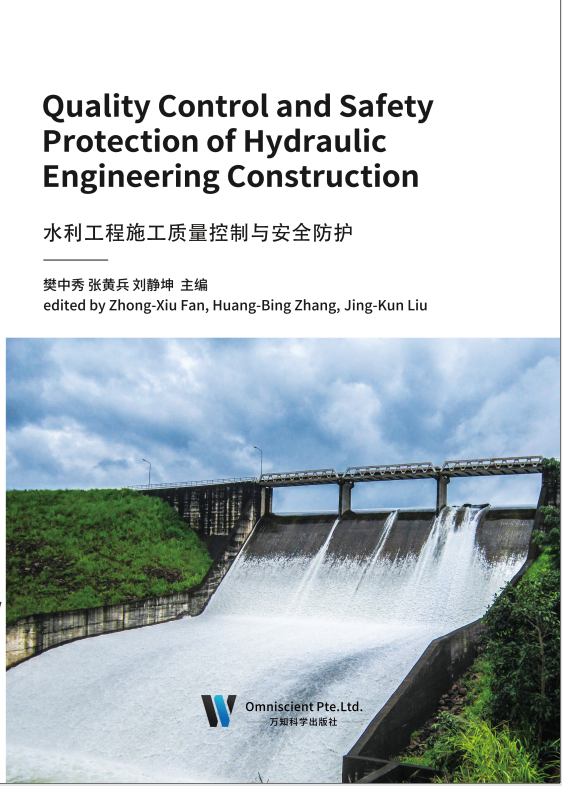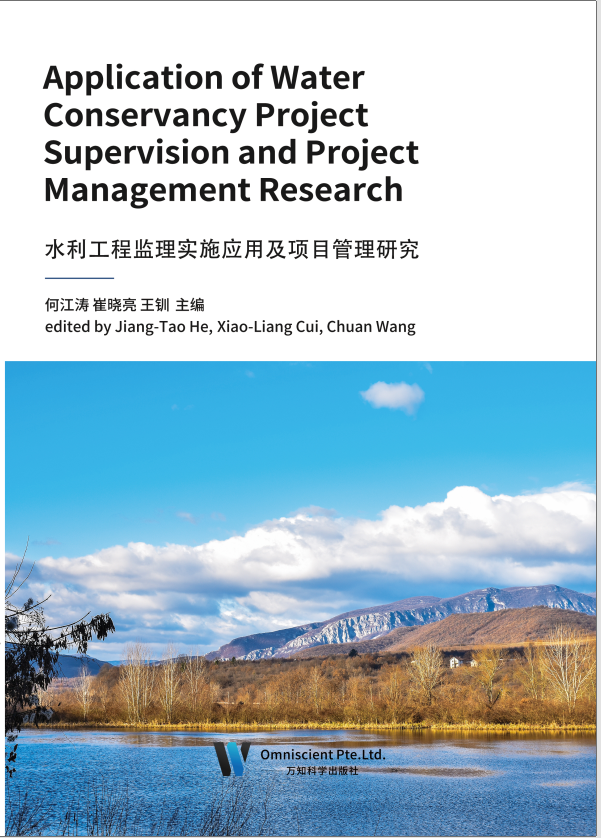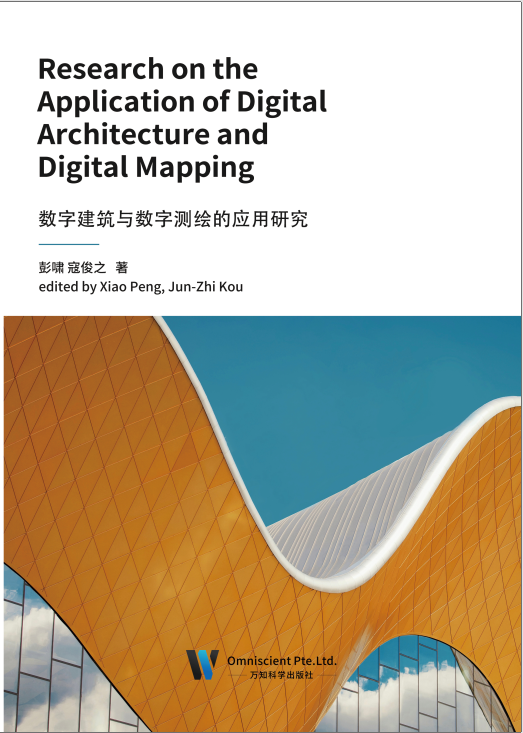
我国地域广阔,自然地理环境不同,土质各异,地基条件区域性较强,从而使地基处理技术显得较为复杂。随着我国经济的快速发展,建筑业也在发生着迅猛变革。许多土木工程不仅在土质条件良好的场地建设,还要在土质不够良好的场地建设。随着建筑工程领域的新技术、新工艺、新材料的应用和发展,对地基与基础工程提出了更高的要求,越来越多的建筑工程对施工技术的要求越来越精细。建筑物的荷载量增大,也需要对地基进行处理,以满足建筑物的上部结构正常使用阶段和施工阶段的承载力要求。
本书参考了相关水利水电工程建设安全生产管理图书,以最新相关标准、规范和文件为基础撰写;根据当前水利水电工程行业的发展情况,吸收最近的技术、工法等的成果,对新工艺、新设备和新方法中涉及的安全生产问题进行了补充。
本书主可供从事水利工程、水利施工管理、水利工程监理、建设项目管理、水利建筑工程、水利建设、治河防洪、发电供水、灌溉排涝、生态水利等工作的技术人员参考使用,也可供从事相关工作的教学、科研、技术人员参考,也可以作为高等院校相关专业参考用书。
限于作者的水平和经验,书中疏漏和错误难免,诚挚希望读者提出宝贵意见,以供完善。

建设监理制的实施,保证并提高了工程质量,满足了施工工期要求,控制并降低了工程总投资。我国市场经济的进一步发展和完善,对水利工程建设监理工作提出了更高的要求,培养和造就高素质的水利工程监理人员已越来越迫切。
为适应我国建设管理体制改革的不断深化及水利水电事业蓬勃发展的新形势,满足水利工程建设监理工作的需求,增强监理人员自身素质,提高自身能力,以国家及水利水电行业的现行规范为标准,结合水利工程的特性,将近年来从事水利工程监理工作的实践经验和体会汇总编写而成本书。
书中简明扼要地介绍了水利工程监理实施应用要点,系统全面地阐述了水利工程监理实施的基本要求。本书在编写过程中力求做到内容全面,内容涵盖监理组织机构及人员职责、监理操作程序,水利水电工程施工基础技术监理控制,合同管理和信息管理,等等。
本书具有以下几方面的优点。
第一,保留重点内容。本书基本保留了水利工程施工的重点内容,因此在保证了完整性的基础上有助于读者的阅读。
第二,紧密联系实际。水利工程施工要解决实际问题,因此在撰写过程中引入了相关的实践应用,这是理论联系实际的最大亮点。
第三,结构完整。本书力求条理清楚、论证严谨,具有科学性、系统性和实用性,通过学习可以拓宽读者的知识面,拓展读者的思维空间,对了解和掌握水利工程施工及项目管理有很大的帮助。本书对从事水利工程相关人员有积极的参考价值。

在规划水利工程时,应基于科学发展观对建设的水利工程进行因地制宜的统筹规划,进而使防涝、抗旱能力得到明显提高,水利工程惠及民生的效果得到最好的发挥程度。对水资源开发利用及保护应更加科学合理,以保证经济和社会发展保持可持续性,水利规划能够明显促进水利事业的健康发展。水利工程的建设关系到国计民生,能够给农业经济的持续稳定发展,社会进步提供良好的前提条件。我国水资源的时间分布和空间分布极为不均,总体可以概括为南多北少,东多西少。难以完全满足我国的农业发展和城市生活、工业生产的用水要求。对此,水利工程的建设就显得颇为重要。水利工程的主要作用是有效地对水资源进行时空的再分配,合理调度地表水和地下水,减少洪涝和干旱带来的减产等危害,化害为利,满足人民的生产生活需求。
水利工程在国家的生产生活中一直扮演着不可或缺的地位。不管是农业灌溉还是满足人们生活用水,以及防洪、减灾、抗旱等都离不开水利工程。不过由于科学技术水平的提高,水利工程的质量也获得了有效提高,但是对其质量的控制也一直是人们关注的主要问题。水利工程施工技术包括诸多方面,在社会发展的今天,水利工程项目也越来越多,所以对于水利工程发展过程中的施工技术,应该进一步分析,在明确相关技术的同时,更要以创新发展为基础,积极进行技术质量的升级,明确水利工程关系到民生发展。
本书是一本关于水利工程规划设计与施工技术研究的专著,首先,对水利工程规划设计相关内容进行介绍;其次,对水利工程施工技术进行分析;最后,对水利工程的安全评价进行总结,以期为相关工作人员提供参考。

本书属理工科水文地质与工程地质及环境地质与岩土工程学实践与理论知识性的综合。有涉及具有时代代表性特征的矿区水文地质,矿山供水水文地质以及地下水资源评价及计算及其水资源开采开发利用的实用价值;有涉及水利与水害及其治理的堤防工程地质;有涉及城市区域间的工程地质环境与规划建设性研究及可利用国土集约节约用地的城市建设与规划方案优选条件;有涉及高层建筑及桥梁地下岩溶溶洞地质问题及基础选型与基础问题的处理方案与决择。有涉及地下人防地下建筑抗浮失效的案例与抗浮加固处理。有涉及当代水工环地质及岩土工程四个学科领域的理论体系与应用发展。有涉及岩土工程技术标准与相关问题的案例分析与研究。
本书结合工科学生和工程技术人员的特点,本书深入浅出地介绍了岩土支挡与锚固工程中常见工程结构的勘察、设计方法和原理,包括岩土工程勘察、原位测试技术,地基处理技术,边坡工程,深基坑工程、隧道工程。为了更好地理解各类工程结构与岩土体相互作用特点及其适用性,介绍了岩土支挡与锚固工程中常见工程结构的设计方法和原理,包括挡土墙设计理论与方法,基坑支护结构设计理论与方法、抗滑设计计算、锚固结构设计计算等四类典型工程结构的内容;还专门介绍了岩土支挡与锚固工程的基本原理,影响四类工程结构发挥作用的主要荷载—— 土压力,滑坡推力的计算原理和方法及取用原则。
本书的主要技术路线是密切联系人类工程经济活动,以岩土体的改造和加固为主要对象,应用工程地质分析原理和方法,获取岩土体及其变形破坏特点和变形破坏机理的地质信息;以岩土支挡与锚固为主要手段,依据四类工程结构与岩土体的作用特点,应用岩土力学、土力学,结构力学等理论与方法,建立计算模型;以岩土体的稳定,相关建(构)筑物的安全以及环境美化为主要目标,应用岩土工程信息化施工原理,修正或优化岩土工程设计,调整施工步骤或工艺。

在国民经济建设和国防建设中,各项工程建设的规划设计阶段,都需要了解工程建设地区的地形和环境条件等资料,以便使规划、设计符合实际情况。在一般情况下,都是以地形图的形式提供这些资料的。在进行工程规划、设计时,要利用地形图进行工程建(构)筑物的平面高程布设和量算工作。因此,地形图是制订规划、进行工程建设的重要依据和基础资料。
过去,人们在纸质地形图上进行各种量测工作,现在利用数字地形图同样能完成,而且精度高、速度快。在AutoCAD软件环境下,利用数字地形图可以很容易地获取各种地形信息,如量测各个点的坐标,量测点与点之间的距离,量测直线的方位角、点的高程、两点间的坡度和在图上设计坡度线等。
利用数字地形图,可以建立数字地面模型(DTM)。利用DTM可以绘制不同比例尺的等高线地形图、地形立体透视图、地形断面图,确定汇水范围和计算面积,确定场地平整的填挖边界和计算土方量。在公路和铁路设计中,可以绘制地形的三维轴视图和纵横断面图,进行自动选线设计。
当前,测绘发展正处于以地图生产为主向、以地理信息综合服务为主转变的重要时期,测绘的技术手段、产品形式和服务方式都在发生着深刻的变化。以地理信息获取实时化、处理自动化、服务网络化、应用社会化为特征的信息化测绘体系正在形成。以基础地理信息数据库为核心内容的地理空间框架建设和应用,拓宽了地理信息服务的领域。测绘对国民经济和社会发展的重要基础和保障作用越来越突出。
本书是数字建筑与数字测绘方向的著作,主要研究数字化建筑与数字技术在建筑设计中的应用,本书从数字化背景下网络效应的基础介绍入手,针对数字化建筑设计、建筑工程智慧建造体系以及建筑设备的自动化进行了分析研究;另外对建筑施工图绘制做了一定的介绍;还对GPS定位技术在测量工程中的普遍应用、其他应用做了分析;接着对虚拟现实技术、 GIS与RS技术、数字化测绘技术、 GNSS系统技术以及摄影测量进行了探讨;旨在帮助其工作者在应用中少走弯路,运用科学方法,提高效率。对数字建筑建模与数字测绘的应用有一定的借鉴意义。
本书作者对书中引用的有关文献资料的原作者表示诚挚的谢意!由于作者的精力和水平有限,书中的不足之处恳请读者批评指正。